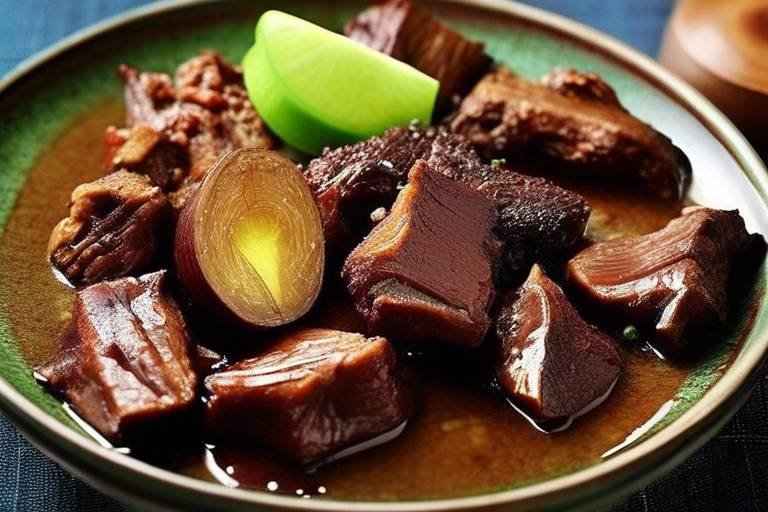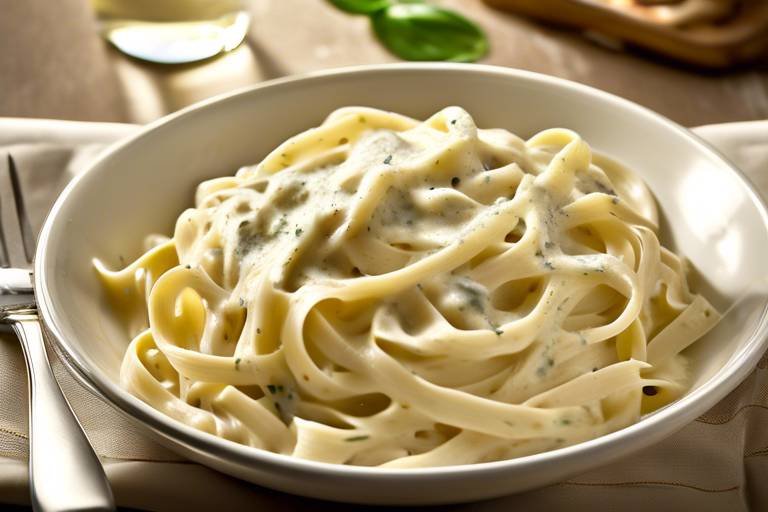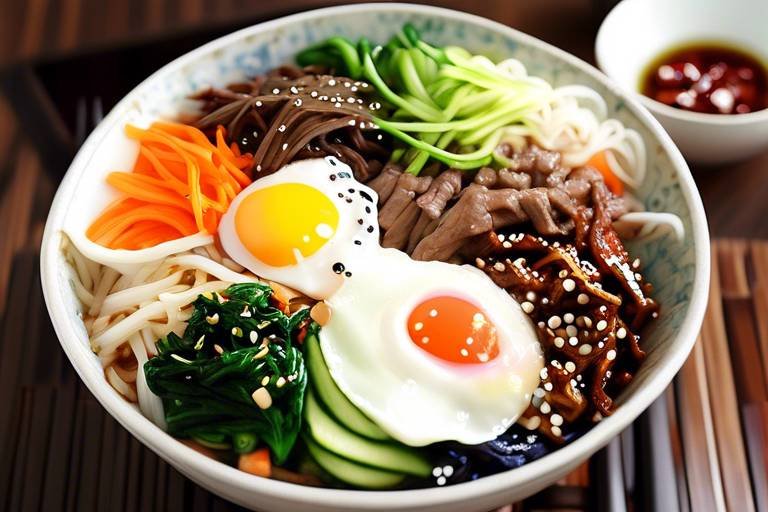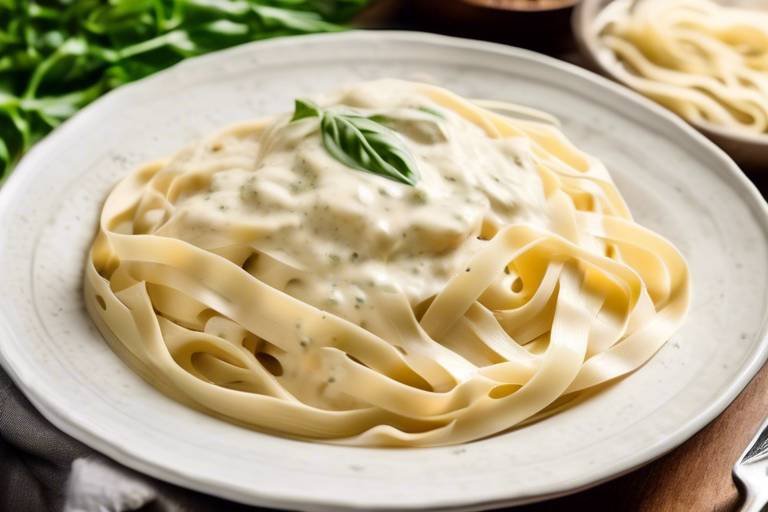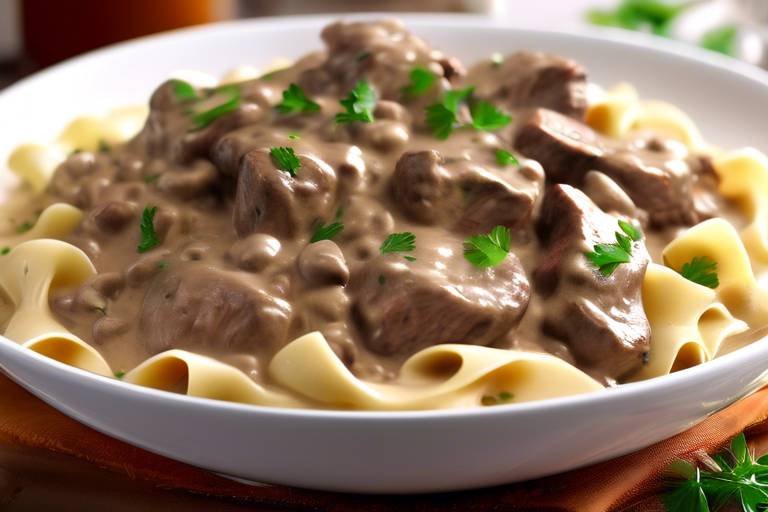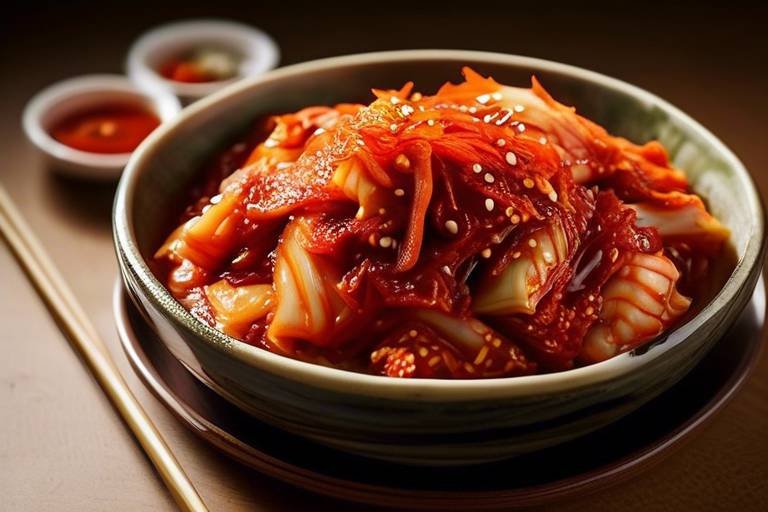The Best Italian Caponata - Recipes and Techniques
Italian caponata is a delightful dish that embodies the essence of Sicilian cuisine. Its rich flavors and vibrant colors make it a favorite among food enthusiasts worldwide. In this guide, we will delve into the world of caponata, exploring its traditional roots, key ingredients, classic recipes, modern variations, cooking techniques, serving suggestions, and more. Whether you are a seasoned chef or a novice cook, there is something for everyone to learn and appreciate about this iconic Italian dish.
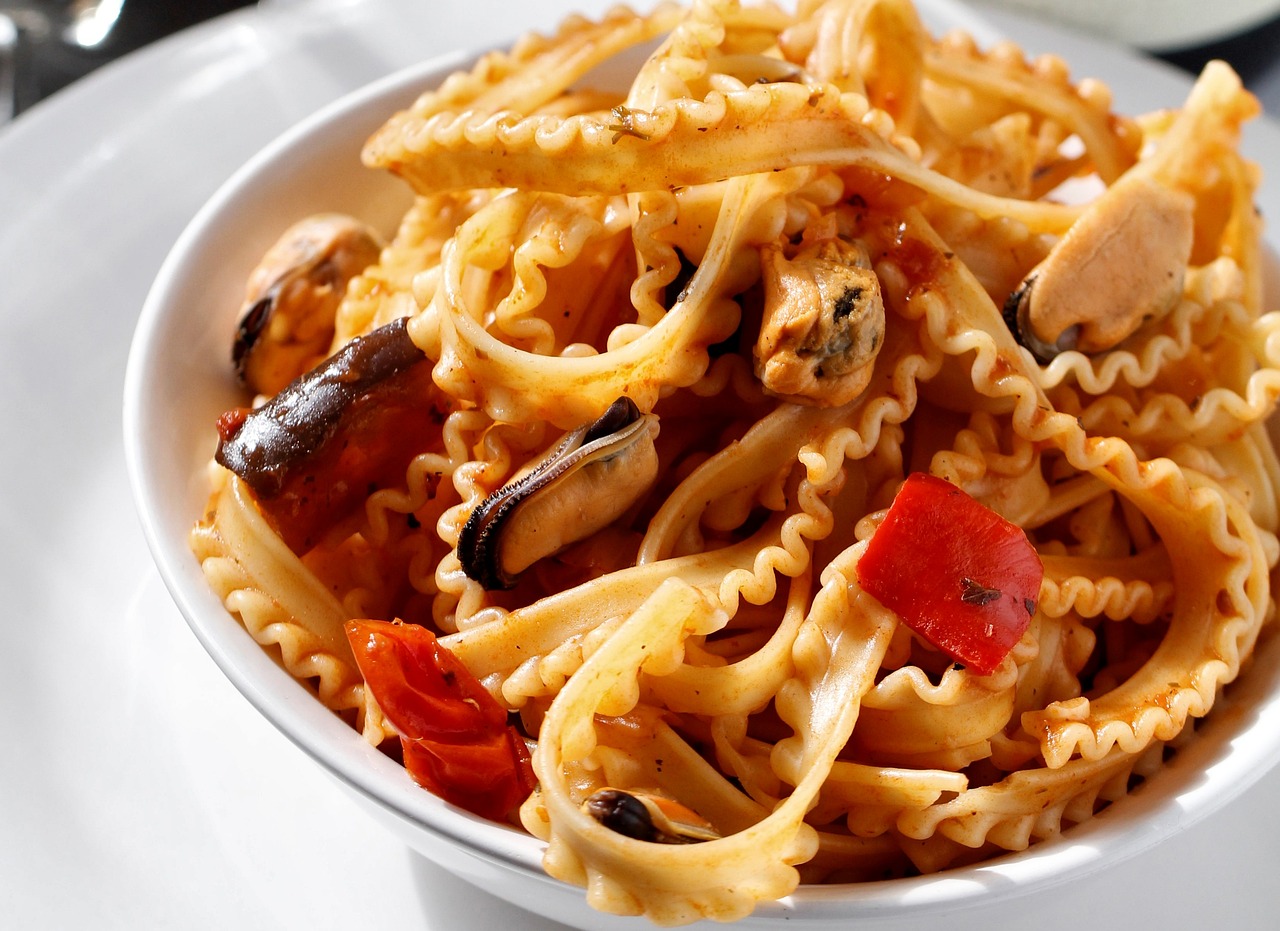
History of Caponata
The history of caponata traces back to Sicily, an island rich in culinary traditions and flavors. This iconic dish has evolved over centuries, blending influences from various cultures that have crossed paths in the Mediterranean. Originally, caponata was a simple stew made with eggplant, tomatoes, and other seasonal vegetables cooked in olive oil. It was a dish born out of necessity, utilizing the abundance of fresh produce available in the region.
As trade routes expanded and Sicily became a melting pot of cultures, caponata began to incorporate new ingredients such as olives, capers, and vinegar, adding layers of complexity to its flavor profile. The dish became a staple in Sicilian households, served as a side dish or a main course depending on the occasion.
With each generation adding their own twist to the recipe, caponata has become a versatile dish that reflects the creativity and resourcefulness of Sicilian cuisine. Today, it is enjoyed not only in Italy but also around the world, appreciated for its robust flavors and comforting appeal.
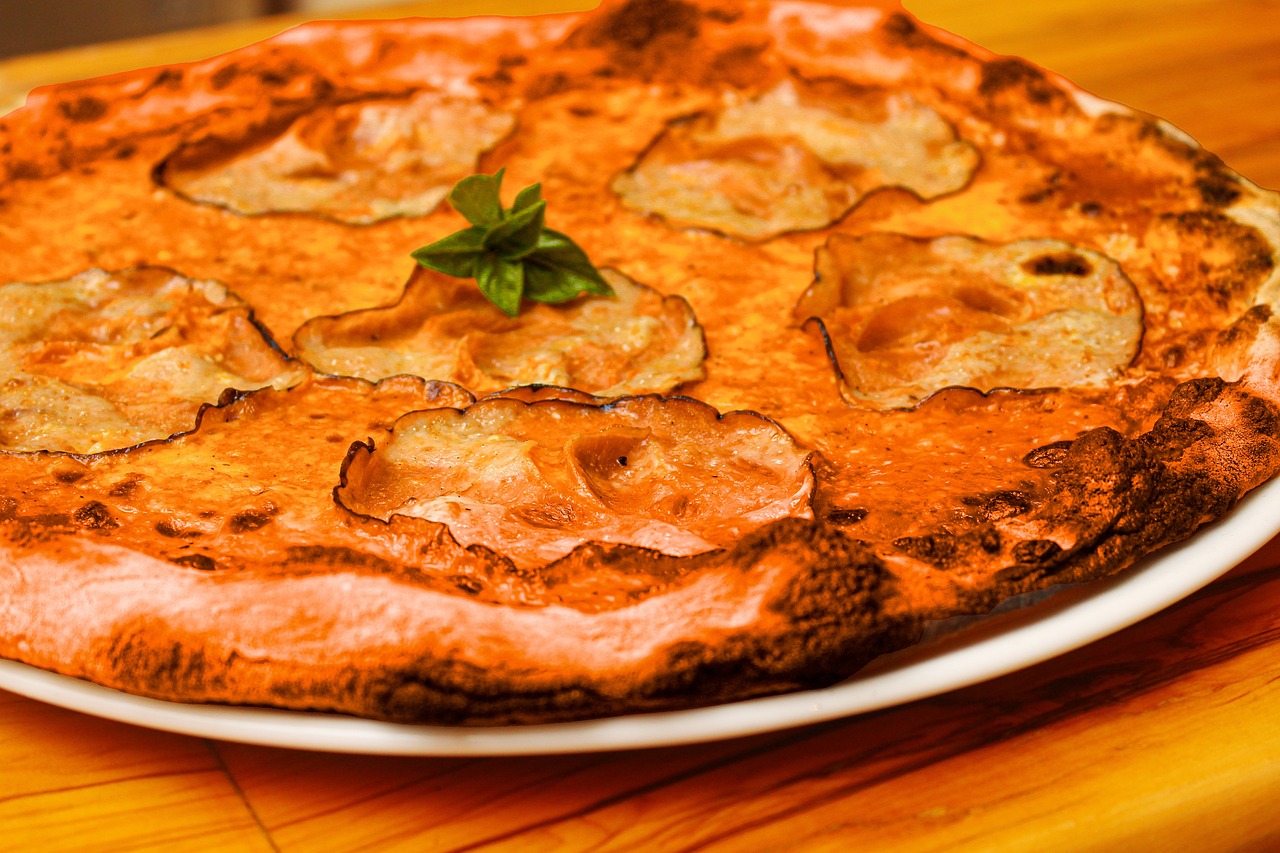
Key Ingredients
When it comes to creating the perfect Italian caponata, the key lies in carefully selecting and combining the essential ingredients that define this flavorful dish. At the heart of caponata are the rich and robust flavors of eggplant, which form the base of the dish and provide a hearty texture. Alongside the eggplant, ripe and juicy tomatoes add a burst of freshness, while olives and capers contribute a briny and tangy note that balances the overall taste.
Additionally, the sweetness of caramelized onions and the subtle heat of garlic create a harmonious flavor profile that elevates the dish to new heights. Olive oil, vinegar, and a touch of sugar are essential for creating the signature sweet and sour sauce that coats the vegetables, infusing them with depth and complexity. Lastly, a sprinkle of fresh herbs such as basil or parsley adds a final touch of brightness and aroma to the dish.
Each ingredient plays a crucial role in the symphony of flavors that is caponata, coming together to create a dish that is both comforting and vibrant, with layers of taste that surprise and delight with every bite.

Classic Caponata Recipe
Are you ready to dive into the world of classic Italian caponata? This traditional recipe is a true taste of Sicily, bursting with flavors and textures that will transport you to the sunny shores of the Mediterranean. Let's explore how to create this iconic dish step by step, ensuring an authentic and delicious result every time.
To start your caponata journey, gather the key ingredients that form the heart of this dish. Eggplant, tomatoes, celery, onions, olives, capers, and vinegar are the essential components that come together to create a harmonious blend of sweet, tangy, and savory flavors. Each ingredient plays a crucial role in building the complex taste profile that defines caponata.
Begin by chopping the vegetables into uniform pieces to ensure even cooking and a pleasing presentation. The eggplant should be diced and salted to remove any bitterness, while the tomatoes are peeled and seeded to provide a smooth texture to the dish. Saute the vegetables in olive oil until they are soft and fragrant, releasing their natural juices and flavors.
Next, it's time to add the special touch that sets caponata apart - the sweet and sour sauce. A combination of vinegar, sugar, and a touch of tomato paste creates a rich and tangy base that complements the earthy vegetables perfectly. Let the caponata simmer gently, allowing the flavors to meld and develop into a cohesive and irresistible dish.
As the caponata cooks, the aromas will fill your kitchen, promising a culinary experience that is as delightful to the senses as it is to the taste buds. The vibrant colors of the vegetables and the rich sauce create a visually stunning dish that is as beautiful as it is delicious.
Once your caponata is ready, allow it to cool slightly before serving to allow the flavors to fully mature. This dish is versatile and can be enjoyed warm or at room temperature, making it perfect for a casual family meal or an elegant dinner party.
Whether you serve it as a side dish, a topping for bruschetta, or a standalone appetizer, classic Italian caponata is sure to impress with its bold flavors and rich history. So, roll up your sleeves, grab your apron, and get ready to create a culinary masterpiece that will delight and surprise your taste buds.
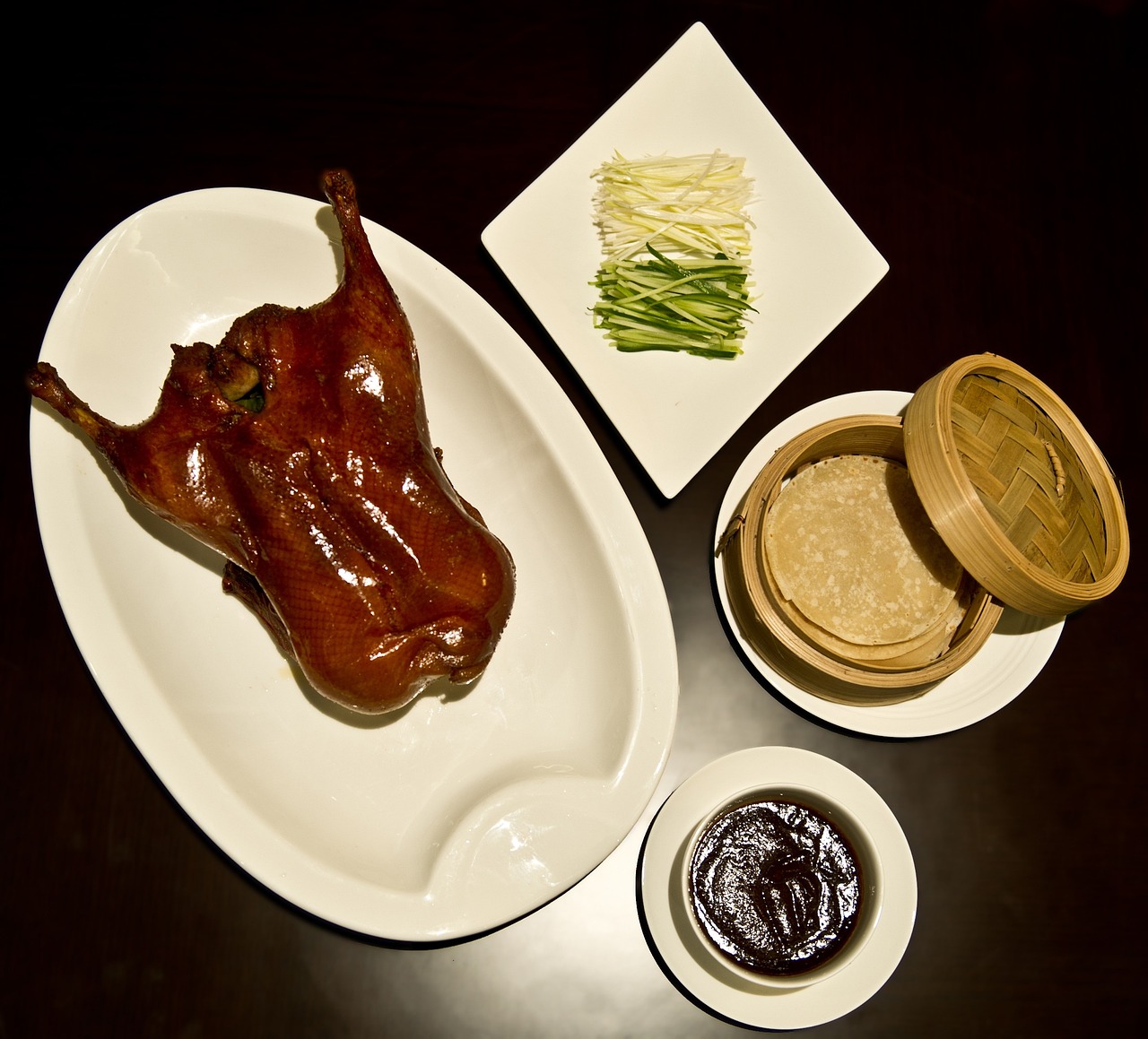
Modern Variations
When it comes to modernizing the classic caponata recipe, the possibilities are endless. Chefs and home cooks alike have been experimenting with innovative variations to add a fresh twist to this traditional Sicilian dish. One popular modern variation involves incorporating roasted red peppers for a smoky flavor and vibrant color contrast. This addition not only enhances the visual appeal of the dish but also introduces a new depth of flavor that complements the existing ingredients.
Another creative twist on caponata involves the use of balsamic vinegar reduction to add a touch of sweetness and acidity to the dish. The caramelized notes of the balsamic vinegar complement the savory elements of the caponata, creating a harmonious balance of flavors that will tantalize your taste buds. This modern variation is perfect for those looking to elevate the dish with a sophisticated touch.
For a contemporary take on caponata, some chefs have started incorporating pine nuts and raisins into the recipe. These additions provide a delightful textural contrast and a hint of sweetness that adds complexity to the dish. The combination of crunchy pine nuts and plump raisins creates a rich and satisfying mouthfeel that takes the traditional caponata to a whole new level.
Additionally, modern variations of caponata often include fresh herbs like basil or parsley to brighten up the flavors and add a burst of freshness to the dish. The aromatic herbs not only enhance the overall taste but also contribute to the visual appeal of the caponata, making it a feast for both the palate and the eyes. This simple addition can elevate the dish from delicious to extraordinary.

Cooking Techniques
Mastering the art of caponata requires attention to detail and precision in cooking techniques. One crucial step is properly sautéing the vegetables to achieve the perfect texture and flavor. The eggplant, tomatoes, and onions should be cooked until they are soft but not mushy, allowing them to retain their individual flavors while melding together harmoniously.
Another key technique in preparing caponata is finding the delicate balance between sweet and sour flavors. The addition of vinegar and sugar should be carefully measured to create a complex taste profile that is both tangy and slightly sweet. This balance is what sets a great caponata apart from a mediocre one.
Simmering the caponata in its savory sauce is where the magic truly happens. Allowing the flavors to meld together over low heat intensifies the taste and aroma of the dish. This slow cooking process is essential for developing the rich and robust flavors that define a well-executed caponata.
Furthermore, don't underestimate the importance of seasoning. Adding the right amount of salt, pepper, and fresh herbs at the right time can elevate the dish to new heights. The final touch of finishing with a drizzle of high-quality olive oil enhances the overall taste and provides a luxurious mouthfeel.

Serving Suggestions
When it comes to serving caponata, the options are as diverse as the flavors in the dish itself. One classic way to enjoy this Sicilian delight is as an appetizer, served with a spread of crusty bread or crispy crostini. The combination of the rich, tangy caponata with the crunchy texture of the bread is a true delight for the taste buds.
If you're looking to make caponata the star of the show, consider serving it as a main course. Pair it with a side of fluffy couscous or al dente pasta for a hearty and satisfying meal. The versatility of caponata allows it to be enjoyed warm or at room temperature, making it a perfect option for a relaxed dinner party or a cozy night in.
For a more creative presentation, consider using caponata as a topping for bruschetta or as a filling for savory tartlets. The vibrant colors and robust flavors of the dish make it a visually stunning addition to any table, sure to impress even the most discerning guests.
If you're hosting a gathering and want to offer a variety of options, create a caponata platter with an assortment of accompaniments. Include a selection of cheeses, cured meats, and marinated vegetables to create a Mediterranean-inspired spread that will wow your guests and keep them coming back for more.
When it comes to serving suggestions, the key is to let your creativity shine. Whether you stick to tradition or experiment with new ideas, caponata is a versatile dish that can be enjoyed in countless ways, ensuring that every bite is a delicious adventure.
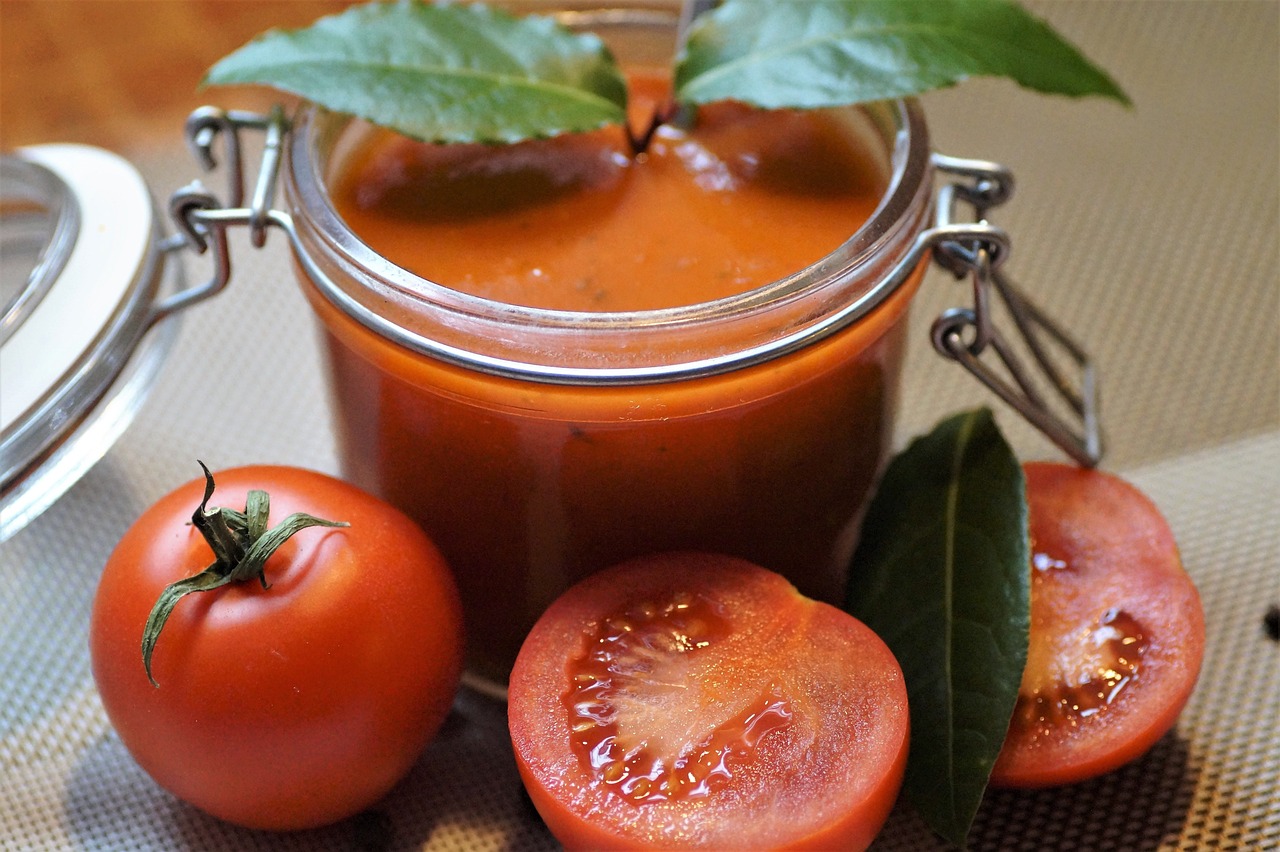
Storage and Reheating Tips
After preparing a delicious batch of caponata, it's essential to know how to store it properly to maintain its flavors and textures. To store leftover caponata, transfer it to an airtight container and refrigerate promptly. Proper storage helps preserve the dish's quality and prevents spoilage. When reheating caponata, you can gently warm it in a saucepan over low heat, stirring occasionally to ensure even heating. Avoid overheating to prevent the dish from becoming mushy or losing its vibrant flavors.
If you have a large quantity of caponata and want to freeze it for future enjoyment, consider portioning it into smaller containers before freezing. This allows you to thaw and reheat only the amount you need, minimizing waste and preserving the dish's integrity. When reheating frozen caponata, thaw it overnight in the refrigerator before gently reheating it on the stovetop. This method helps maintain the dish's original flavors and textures.
For optimal results, avoid reheating caponata in the microwave, as it can lead to uneven heating and compromise the dish's overall quality. By following these storage and reheating tips, you can enjoy your homemade caponata at its best, whether freshly made or from the freezer.

Capontata Pairings
When it comes to enjoying a delicious plate of caponata, the right pairings can truly elevate the dining experience. The perfect wine can complement the rich flavors of the dish, enhancing every bite with its unique notes. A refreshing white wine, such as a Pinot Grigio or a Sauvignon Blanc, can be an excellent choice to balance the savory and tangy elements of the caponata. The crisp acidity of these wines can cleanse the palate between bites, preparing it for the next burst of flavors.
Additionally, crusty bread is a classic accompaniment that can provide a delightful contrast in texture. The crunchy exterior and soft interior of a freshly baked baguette or ciabatta can be the perfect vessel for scooping up the flavorful caponata. The bread's neutral flavor can also serve as a canvas for the vibrant tastes of the dish to shine through, creating a harmonious blend of textures and flavors.
For those looking to add a touch of indulgence to their caponata experience, consider pairing the dish with a selection of artisanal cheeses. A creamy goat cheese or a sharp Parmigiano-Reggiano can offer a luxurious counterpoint to the robust flavors of the caponata, creating a sophisticated and satisfying combination that is sure to impress even the most discerning palate.
Frequently Asked Questions
- What is caponata?
Caponata is a traditional Sicilian dish consisting of cooked vegetables, typically eggplant, tomatoes, olives, and capers, seasoned with sweetened vinegar and sometimes pine nuts. It is known for its sweet and sour flavor profile.
- Is caponata served hot or cold?
Caponata can be served either hot, at room temperature, or cold, depending on personal preference. It is often enjoyed as an appetizer, side dish, or even as a main course.
- Can I make caponata in advance?
Yes, caponata actually tastes better when made in advance as it allows the flavors to meld together. You can store it in the refrigerator for up to 5 days and reheat it gently before serving.
- What are some common variations of caponata?
Some modern variations of caponata include adding ingredients like raisins, pine nuts, bell peppers, or even seafood like tuna or shrimp. These variations offer unique twists to the traditional recipe.
- What wine pairs well with caponata?
Caponata pairs well with a variety of wines, including light reds like Chianti or Pinot Noir, as well as dry whites like Pinot Grigio or Sauvignon Blanc. The choice ultimately depends on your personal taste preferences.



